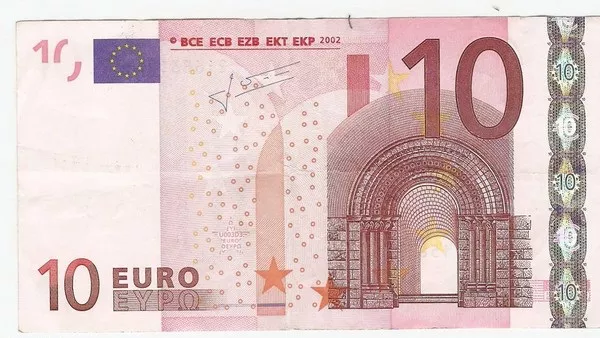The global financial landscape is shaped by the strength and stability of various currencies, with the Euro (EUR) and the Canadian Dollar (CAD) being significant players in the international market. Investors, businesses, and policymakers closely monitor the exchange rates between these two currencies to make informed decisions. In this article, we will delve into the factors influencing the strength of the Euro compared to the Canadian Dollar and analyze the economic indicators that contribute to their respective valuations.
Understanding Currency Strength:
Currency strength is a complex metric influenced by a myriad of factors, including economic indicators, monetary policies, geopolitical events, and market sentiment. The relative strength of the Euro and the Canadian Dollar is determined by their performance against each other in the foreign exchange market.
Economic Indicators:
A crucial aspect of evaluating currency strength is examining key economic indicators that reflect the overall health of a country’s economy. For the Eurozone, which comprises 19 of the 27 European Union member states, indicators such as Gross Domestic Product (GDP) growth, unemployment rates, inflation, and trade balances play a significant role.
The Canadian Dollar’s strength, on the other hand, is closely tied to the economic performance of Canada. Key indicators include GDP growth, employment figures, inflation rates, and the country’s trade balance. Observing these indicators provides insights into the economic health of each region and aids in assessing the strength of their respective currencies.
Monetary Policies:
Central banks play a pivotal role in shaping currency strength through their monetary policies. The European Central Bank (ECB) oversees monetary policy for the Eurozone, while the Bank of Canada (BoC) is responsible for Canada. Interest rates, a primary tool for central banks, influence currency values.
Divergent monetary policies between the ECB and BoC can impact the Euro-Canadian Dollar exchange rate. For instance, if the ECB adopts a more hawkish stance by raising interest rates while the BoC maintains a dovish approach, the Euro may strengthen against the Canadian Dollar. Conversely, a more accommodative policy by the ECB and a tightening by the BoC could lead to the opposite effect.
Geopolitical Factors:
Geopolitical events and uncertainties can significantly impact currency strength. Both the Eurozone and Canada are not immune to geopolitical developments, such as trade tensions, political instability, and global conflicts. Investors tend to seek refuge in currencies perceived as safer during times of uncertainty, which can affect the demand for the Euro and the Canadian Dollar.
Trade Relations:
Trade balances and international trade relationships also contribute to currency strength. The Eurozone and Canada are major players in global trade, with the Euro being one of the world’s primary reserve currencies. Trade surpluses or deficits can influence the demand for a currency, impacting its strength.
For instance, a trade surplus in the Eurozone might increase demand for the Euro, while a trade deficit in Canada could weaken the Canadian Dollar. Additionally, trade agreements and economic partnerships can influence currency dynamics, as demonstrated by the impact of the Comprehensive Economic and Trade Agreement (CETA) between Canada and the European Union.
Market Sentiment:
Market sentiment, often driven by speculative activities, can lead to short-term fluctuations in currency values. Traders and investors may react to news, economic data releases, or other events, creating volatility in the foreign exchange market. While market sentiment does not necessarily reflect the long-term fundamentals of a currency, it can influence short-term movements.
Historical Performance:
Analyzing the historical performance of the Euro and the Canadian Dollar provides valuable insights into their relative strength over time. Long-term trends and patterns can help identify potential future movements, although past performance does not guarantee future results.
See Also What Is The Euro Prediction? A Comprehensive Look
Conclusion:
In conclusion, evaluating the strength of the Euro compared to the Canadian Dollar involves a comprehensive analysis of economic indicators, monetary policies, geopolitical factors, trade relations, and market sentiment. Both currencies are influenced by a complex interplay of these elements, and their relative strength can fluctuate over time.
Investors, businesses, and policymakers must stay informed about the evolving economic landscapes in the Eurozone and Canada to make well-informed decisions. While the Euro and the Canadian Dollar each have their unique strengths and challenges, understanding the broader economic context is crucial for navigating the dynamic world of foreign exchange markets.


